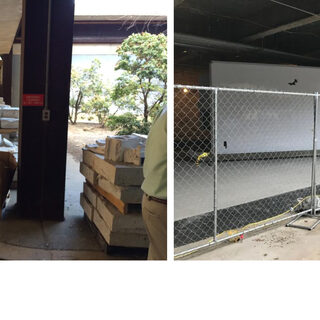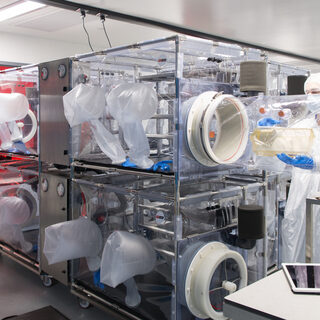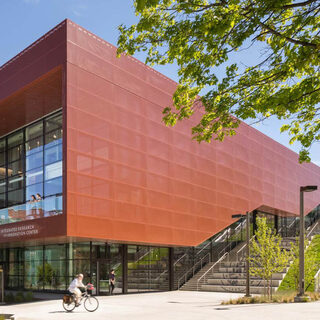Tradeline's industry reports are a must-read resource for those involved in facilities planning and management. Reports include management case studies, current and in-depth project profiles, and editorials on the latest facilities management issues.
Latest Reports
Combining Research, Medicine, and Athletics to Create New Translational Models
An emerging new model for hybrid translational healthcare facilities combines scientific research with university and professional athletic programs to increase community engagement and student wellbeing. From integrating sports training facilities with medical clinics and applied research, to incorporating fitness gyms, running tracks, and rock-climbing walls into student lounges and public spaces, the combination of athletics and recreation with other programs offers an innovative vision for academic facility design.
Space and Design Innovation in MRI Housing
In December 2016, Stony Brook Medical launched a plan to build housing for a pair of high-power MRIs, an older model 9.4-Tesla and a newer 7-Tesla. The original plan was to build a brick-and-mortar facility into their existing vivarium, but that was deemed too expensive, forcing them to consider other options. Glen Itzkowitz, dean of facilities and operations, and his team decided to pursue an option that had never been considered at Stony Brook—using pre-fabricated containers to house the MRIs, which they could just barely squeeze into a loading dock underneath a high-traffic footpath, space that was largely being wasted.
International Microbiome Centre
The International Microbiome Centre (IMC) at the University of Calgary houses one of the largest germ-free facilities in the world and the only one that has incorporated intra-vital imaging. Constructed in a portion of the basement at the Cumming School of Medicine, the germ-free facility complements the other microbiome platforms—including mass cytometry, genomics, proteomics, metabolomics, bioinformatics, biobanking, and live cell imaging—by providing a model system in which to study the microbiome. The center provides a sterilized housing environment, where researchers explore the microbiome and its impact through adding bacteria to germ-free models and analyzing what those bacteria do to the animals’ immune systems, organs, and overall health.
Integrated Research and Innovation Center
The Integrated Research and Innovation Center (IRIC) at the University of Idaho houses more than 20 grant-funded teams of faculty and graduate and undergraduate researchers, representing every college at the university, who collaborate on cross-department research in the hard sciences, social sciences, and humanities. No one “owns” any space in the building; instead, teams rotate in and out of the facility based on project lifespan, from a few months to several years, requiring a flexible and adaptable design.
Top 10 Reports of 2018
- Bringing Real-time Interactivity to Campus Master Planning
- Making an Old Science Building Relevant Again
- Scientific Workplace Promotes Collaboration and Innovation
- Massachusetts General Hospital’s New Methods and Metrics for Measuring Utilization of Research Space
- Merck’s New Research Buildings Respond to Disruptive Technology, Changing Social Norms
- Caltech’s New CAST Facility Simulates Testing Environments for Drones, Robots, and Satellites
- Five Key Design Elements of Successful STEM Facilities
- Novartis' Activity-Based Work Environments Have Broad Appeal
- Well Buildings for Occupant Well Being
- OHSU Knight Cancer Institute Offers Team Science Approach to Early Detection Research





